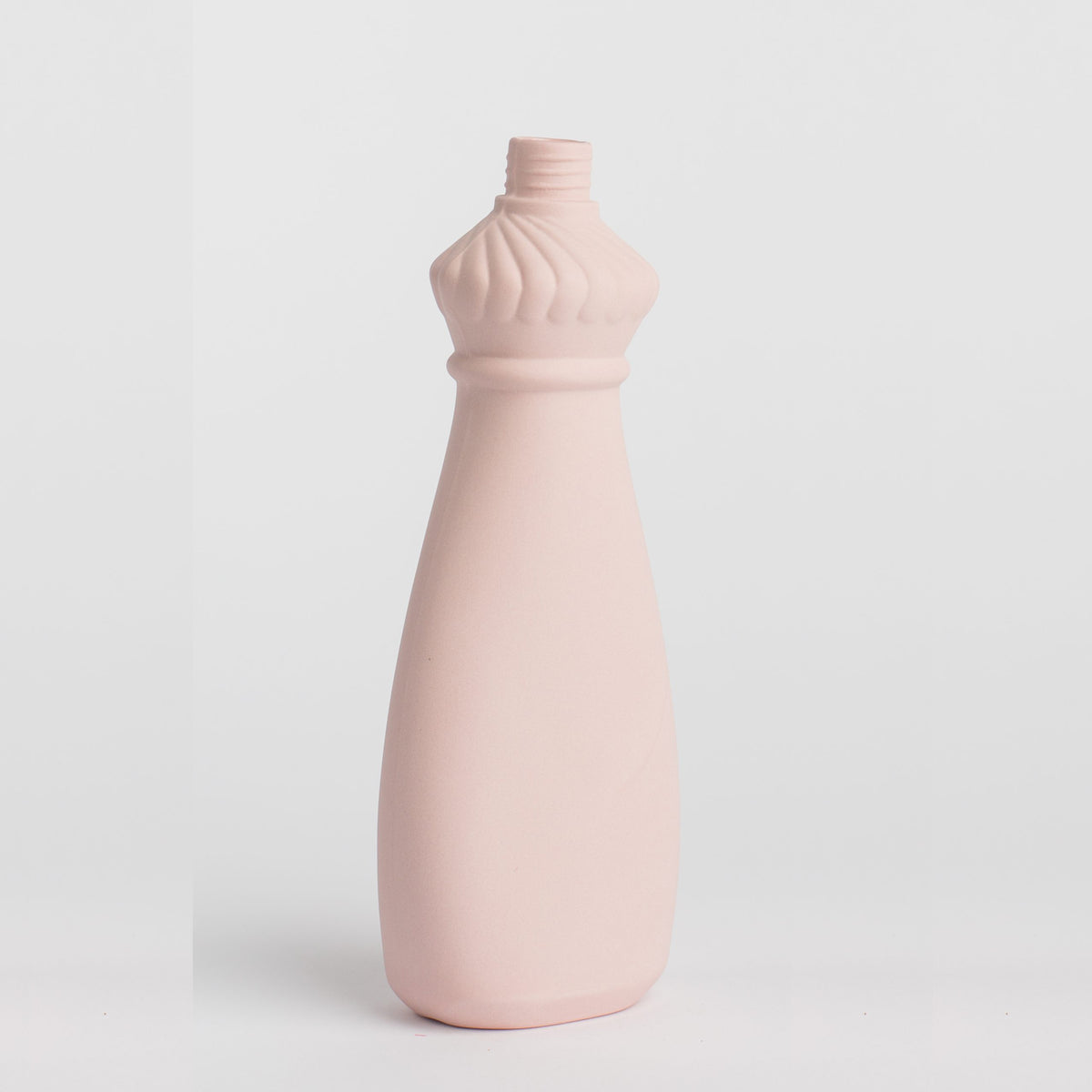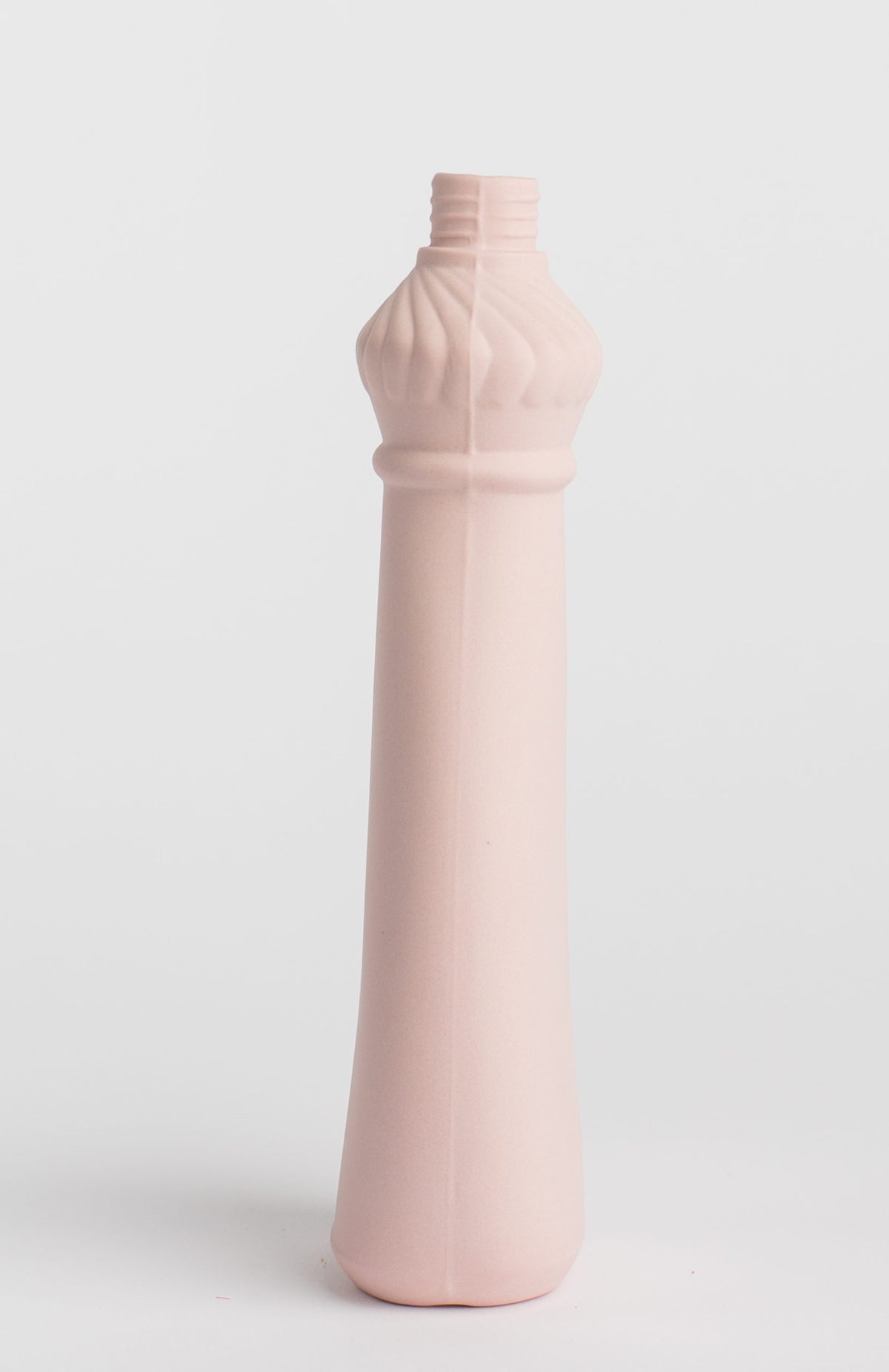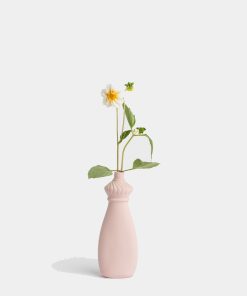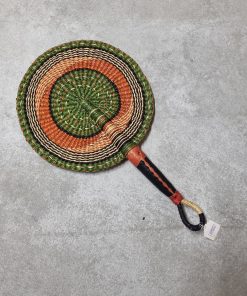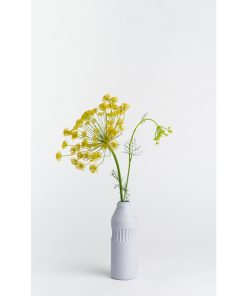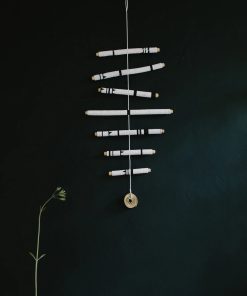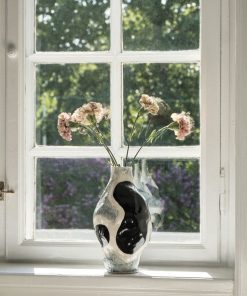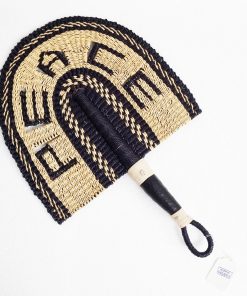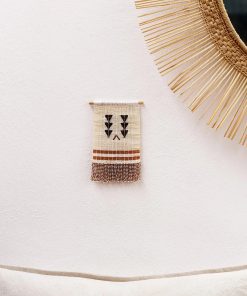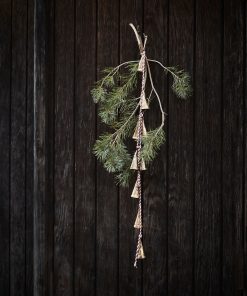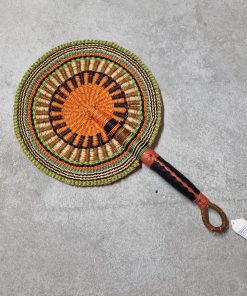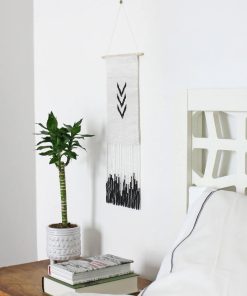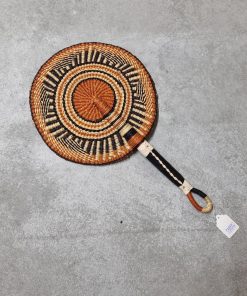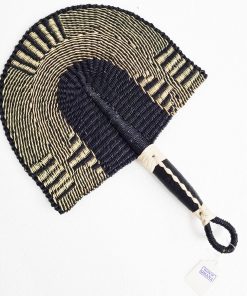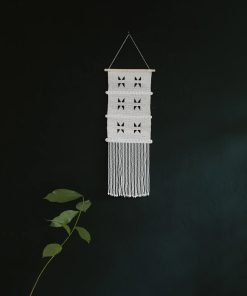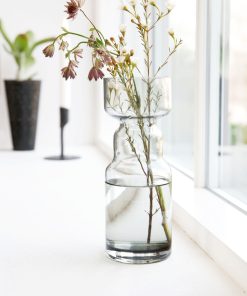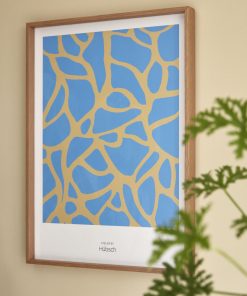Porcelain Bottle Vase #15 – powder FOEKJE FLEUR
CHF 59,00 CHF 29,50
Bottle vases are inspired by a collection of plastic trash from the river Maas in Rotterdam, the Netherlands. After reading about plastic soup, Foekje Fleur started looking more carefully at the river running through her home town and found plastic waste that had been accumulating there since the 1960s. By creating durable porcelain copies of the material she finds, Foekje Fleur is spreading awareness of this growing problem.
The outside of the stained porcelain is biscuit which gives a mat finish similar to plastic. The inside of the bottle is glazed to make it waterproof and suitable as a vase or container.
How it’s made
This vase is hand made in either Jingdezhen, China or our at facility in Portugal. The plastic bottles are used to create moulds. Pigmented liquid porcelain is poured into the moulds, leaving a thin layer that forms the shape. After drying, the inside of the bottle is glazed lead-free and fired at 1300 ºC. All this handwork is done by a team of seven craftsmen, therefore none of the bottles is exactly the same. The picture shown is an indication, minor changes in colour are possible. Overall the surface is smooth but small defaults do occur and should be considered as a quality of the product.
Care Instructions
Please follow these instructions to keep the outer surface of the bottle vase in a pristine state. After using the vase, wash the bottle with mild soap, warm water and a brush. Leave it to dry on a clean towel. Grease stains can be removed by rubbing in soft soap, leaving it overnight and cleaning as directed above. Always keep this bottle indoors and store in a dry place as moist dirt might get into the outer surface over time. Liquids can also be stored in the bottle vase; we suggest using a cork to close the bottle.
Fast Shipping & Professional Packing
Because of our long-standing partnership in a long-standing partnership with UPS, FedEx, DHL as well as a range of other world-class carriers, we can offer a variety of shipping options. Our warehouse employees will pack each item according to our strict specifications. Your products will be subjected to a thorough examination and will be safely packaged prior to being sent out. We ship to thousands clients every day in a variety of countries. This is a sign of our dedication to being the largest online retailer globally. Both Europe and the USA have warehouses and distribution centres.
Note: Orders that contain more than one item will be assigned a distinct processing time based on the individual product.
Before shipping, we will examine the items ordered carefully before shipping. The majority of orders are delivered within 48 hours. The expected delivery time will be between 3-7 days.
Returns
The stock is constantly changing and not fully managed by us because of the involvement of several different parties, such as the factory and our warehouse. Actual stock levels may fluctuate at any point. It's possible that you may not receive your purchase after the order has been made.
Our policy lasts for thirty days. If you don't receive your product within 30 days, we're not able to provide the option of a refund or exchange.
The item must not be in use and must be in its original condition. It should also be in the original packaging.
Related products
DECOR
DECOR
DECOR

